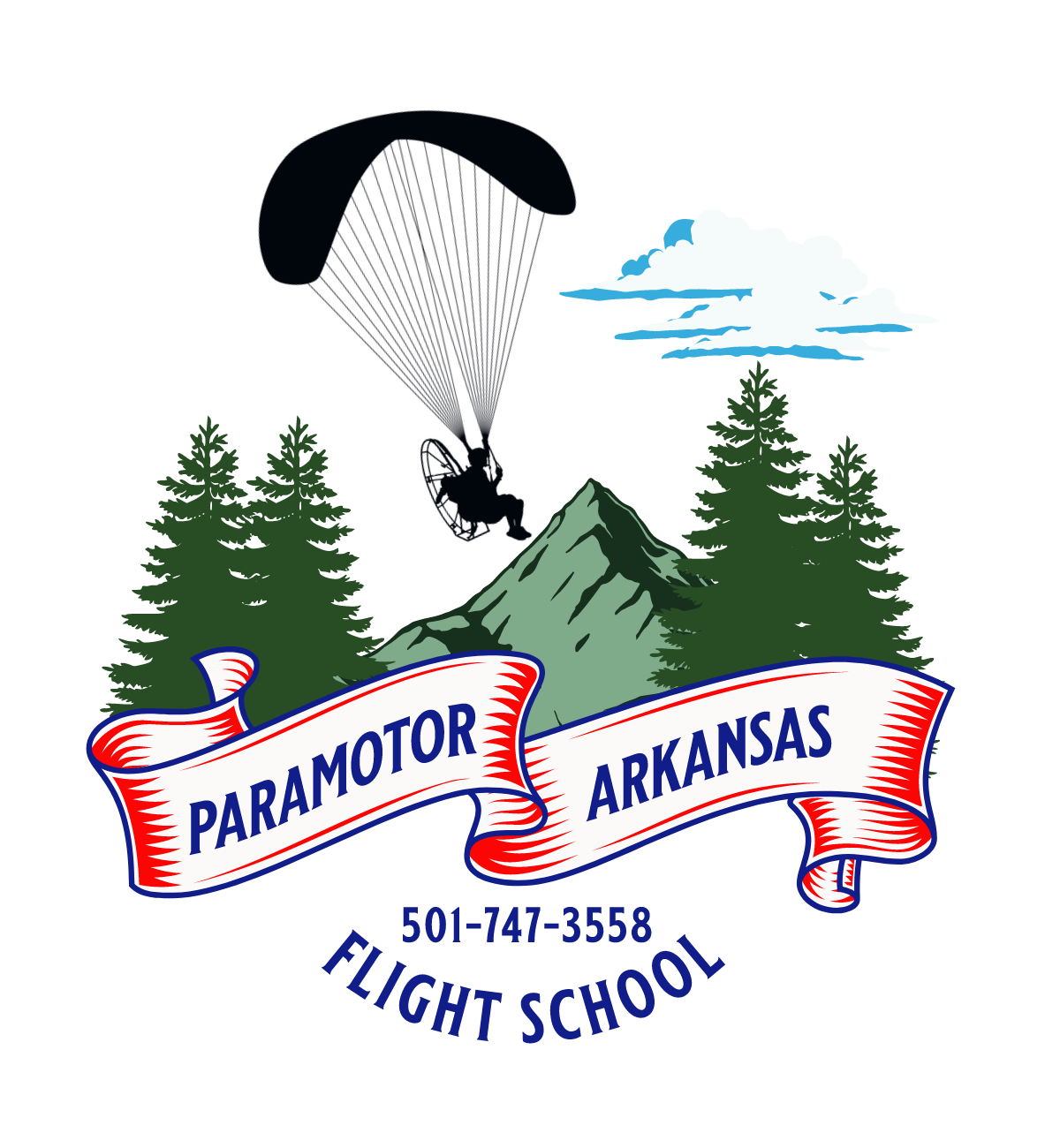What airspace can a paramotor fly
Paramotors, being ultralight aircraft, operate under specific regulations outlined by the Federal Aviation Administration (FAA) in the United States. The relevant airspace for paramotor flight is generally Class G airspace, which is uncontrolled airspace. Here are some details about the airspace where paramotors can typically operate:
Class G Airspace:
-
Definition: Class G airspace is uncontrolled airspace that is not designated as Class A, B, C, D, or E. It is often referred to as "uncontrolled" or "non-towered" airspace.
-
Altitude Limits:
- Surface to 700 feet AGL (Above Ground Level): In many areas, Class G airspace extends from the surface to 700 feet AGL. This means paramotors can fly within this airspace without needing to communicate with air traffic control.
-
Communication Requirements:
- No Communication Requirement: Since Class G airspace is uncontrolled, paramotor pilots are not required to communicate with air traffic control. However, it is essential to maintain a listening watch on the appropriate frequency for nearby airports and traffic advisories.
-
Visibility and Cloud Clearance:
- Daytime Requirements: Generally, during the day, pilots in Class G airspace must maintain a minimum visibility of 1 statute mile and remain clear of clouds.
- Nighttime Requirements: At night, pilots must have a visibility of 3 statute miles and maintain a distance of 500 feet below, 1,000 feet above, and 2,000 feet horizontally from clouds.
-
Special Considerations:
- Airspace Around Controlled Airports: While Class G airspace is prevalent in rural and less populated areas, paramotor pilots should be aware of the airspace around controlled airports, which may include Class D, C, or B airspace.
-
Regulations and FAR 103:
- FAR 103: Paramotors fall under the regulations of FAR Part 103, which governs ultralight vehicles. FAR 103 allows ultralight vehicles to operate in Class G airspace without the need for an FAA pilot certificate.
-
Local Regulations:
- Check Local Regulations: It's essential for paramotor pilots to check local regulations and airspace restrictions, as certain areas may have additional rules or limitations.
Remember that these details are based on general regulations in the United States. Aviation regulations can vary by country, so paramotor pilots should be familiar with the specific rules and airspace classifications in their location. Additionally, it's crucial for pilots to prioritize safety and adhere to all relevant aviation regulations.
